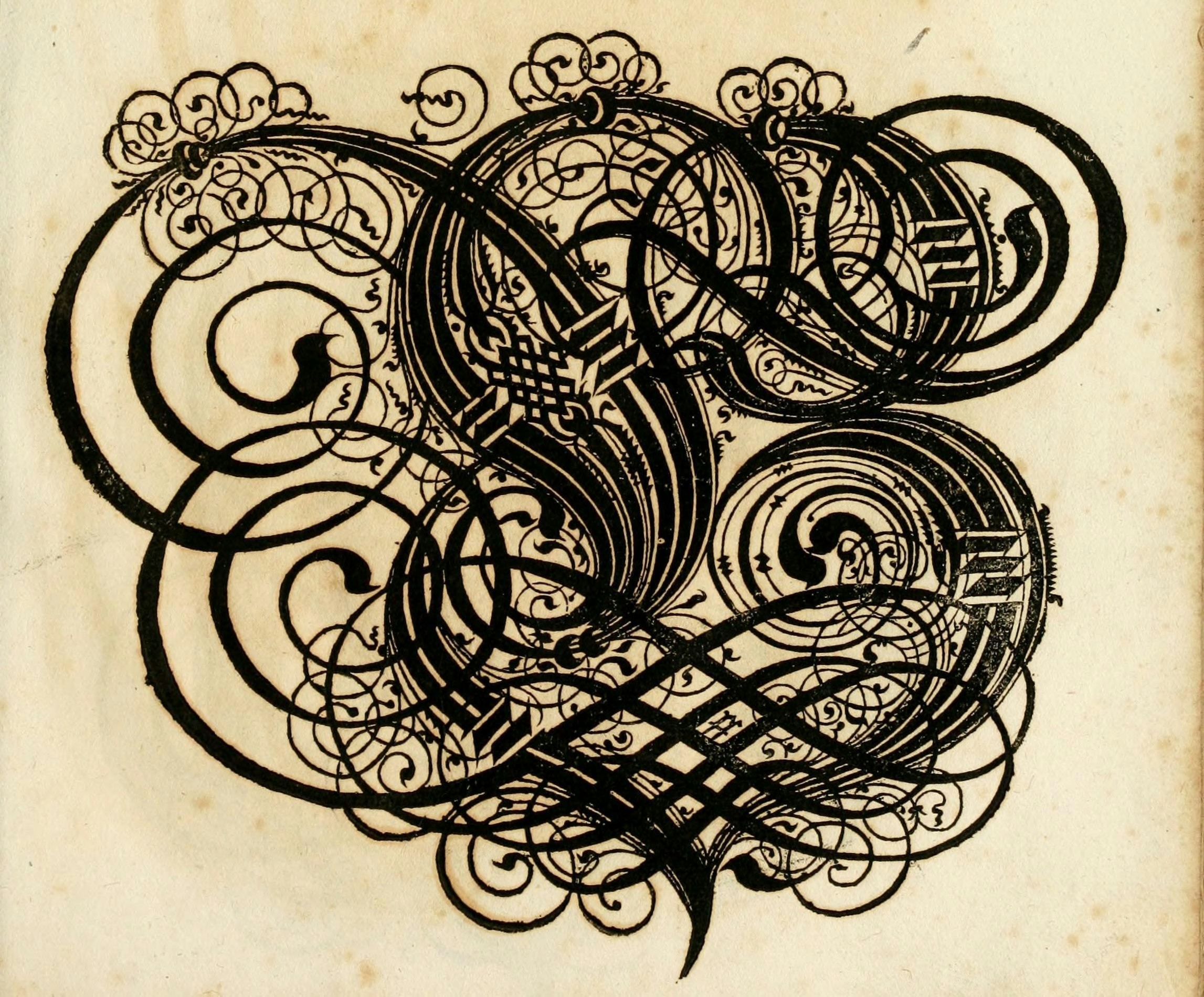For the purposes of this site, I’m defining a book as a unit of printed output. This could be a traditional printed book, but it could also be a broadside, pamphlet, news sheet, or other piece of printed ephemera. Books are distinct from texts in this schema: a book can be made up of many individual texts.
Sample Research Questions
- Who made a book, and through what processes?
- How does digitization transform a book?
- What is lost in the process(es) of digitization?
Activities
Digitization
Go to the Internet Archive pages for Early English Books: 1475–1640 or 1641–1700
Select a topic that interests you, and search for a book that matches that topic.
Select a book and choose an interesting page (just one page, or even less!). For a fun challenge, you might choose a page that has more than just a single block of prose text. Maybe your page has a poem or a song. Maybe it has multiple columns, or even a table or diagram.
Follow the guide to create an XML representation of that page or part of the page
- Read over parts of the introduction to XML here (you only need to read v.1-3 and v.6): https://tei-c.org/release/doc/tei-p5-doc/en/html/SG.html. You can also use the TEI By Example tutorial.
- Once you have you a sense of XML, you can mark up your text in whatever way you see fit. Feel free to make up whatever elements and attributes you like. For a good example, look over the poem in section v.3, highlighted in pink.
- You can use any plaintext editor for this, such as Brackets: https://brackets.io/.
- Ask lots of questions. Again, the goal is to get a feel for how this works rather than create a perfect object. If your page is very long, you can choose just one part to represent.
Think about what is gained and what is lost in this representation vs. the digital image vs. the physical book itself (which you’ve never seen!).
Compare your XML to the TCP version and the EarlyPrint version. You can find both at: https://earlyprint.org/download
References
- Siefring and Meyer (2013)
- Quiring (2024)
- Trettien (2022)
- McLean (2001)
- Kichuk (2007)
- Martin (2007)
- Gadd (2009)
- Vogler et al. (2024)
- Christopher N. Warren et al. (2023)
- Christopher N. Warren et al. (2020)
- Smith and Whearty (2023)
Gadd, Ian. 2009.
“The Use and Misuse of Early English Books Online.” Literature Compass 6 (3): 680–92.
https://doi.org/10.1111/j.1741-4113.2009.00632.x.
Kichuk, Diana. 2007.
“Metamorphosis: Remediation in Early English Books Online (EEBO).” Literary and Linguistic Computing 22 (3): 291–303.
https://doi.org/10.1093/llc/fqm018.
Martin, Shawn. 2007.
“EEBO, Microfilm, and Umberto Eco: Historical Lessons and Future Directions for Building Electronic Collections” 36 (4): 159–64.
https://doi.org/10.1515/MFIR.2007.159.
McLean, Austin J. 2001.
“Early British Printing Meets the Electronic Age: A Large-Scale Digitization Case Study” 30 (4): 127–34.
https://doi.org/10.1515/MFIR.2001.127.
Quiring, Ana. 2024.
“Fingerprints of British Book History: A Feminist Labor History of EEBO.” Digital Humanities Quarterly 18 (1).
https://www.digitalhumanities.org/dhq/vol/18/1/000718/000718.html.
Siefring, Judith, and Eric T. Meyer. 2013.
“Sustaining the EEBO-TCP Corpus in Transition: Report on the TIDSR Benchmarking Study.” {SSRN} {Scholarly} {Paper}. Rochester, NY: Social Science Research Network.
https://doi.org/10.2139/ssrn.2236202.
Smith, Astrid J., and Bridget Whearty. 2023.
“All the Work You Do Not See: Labor, Digitizers, and the Foundations of Digital Humanities.” In
Debates in the Digital Humanities 2023. Debates in the
Digital Humanities. Minneapolis: Univ Of Minnesota Press.
https://dhdebates.gc.cuny.edu/read/debates-in-the-digital-humanities-2023/section/f1946d2b-93ca-4ea0-ab8c-54fb835750ad#ch02.
Trettien, Whitney. 2022.
Cut/Copy/Paste: Fragments from the History of Bookwork. U of Minnesota P.
https://www.upress.umn.edu/9781517904098/cutcopypaste/.
Vogler, Nikolai, Kartik Goyal, Samuel V. Lemley, D. J. Schuldt, Christopher N. Warren, Max G’Sell, and Taylor Berg-Kirkpatrick. 2024.
“Clustering Running Titles to Understand the Printing of Early Modern Books.” In
Document Analysis and Recognition - ICDAR 2024, edited by Elisa H. Barney Smith, Marcus Liwicki, and Liangrui Peng, 374–90. Cham: Springer Nature Switzerland.
https://doi.org/10.1007/978-3-031-70543-4_22.
Warren, Christopher N, Samuel V Lemley, D J Schuldt, Elizabeth Dieterich, Laura S DeLuca, Max G’Sell, Taylor Berg-Kirkpatrick, Kari Thomas, Kartik Goyal, and Nikolai Vogler. 2023.
“Who Rpinted Shakespeare’s Fourth Folio?” Shakespeare Quarterly 74 (2): 139–46.
https://doi.org/10.1093/sq/quad021.
Warren, Christopher N., Pierce Wiliams, Shruti Rijhwani, and Max G’Sell. 2020.
“Damaged Type and Areopagitica’s Clandestine Printers.” Milton Studies 62 (1): 1–47.
https://muse.jhu.edu/pub/2/article/748968.
